The thermal printer is an alternative to inkjet and laser printers and has a significant place in application niches for which it is especially well suited.
When engineers and average consumers think of printers to use with their PC at home or office, they usually think of one of two types: the inkjet printer or the laser printer. That makes sense, as those two technologies dominate in those settings.
Yet, another printer technology is somewhat less well-known yet very widely used: the thermal printer. This printing technology has evolved and adapted to the availability and low cost of inkjet and laser printers by finding a distinct set of applications where it excels. Thermal printers can be large or small, but most now are the smaller ones widely used for printing address/mailing labels, various product tags, barcode labels, QR codes, tickets, and receipts in retail point-of-sale (POS) situations (Figure 1). Some are even used as “strip printers” to record electrocardiogram (ECG/EKG) signals for post-test review.

The thermal printer is conceptually simple and uses a series of controlled heated microdots to activate or transfer pigments to paper. Note there is a difference between the keywords “activate” or “transfer” as these are two distinctly different yet related approaches to thermal printing.
This article looks at the technology and design of these two types of thermal printers. It will not compare thermal printers to inkjet and laser printers, as there are too many variables to consider; also, the end-application is a major factor in determining the “best” printer for a given situation as much as the printing technology.
Brief history
The thermal printer was initially developed in the 1970s and has, of course, been refined extensively since then. One fascinating aspect is that one of its co-inventors was the legendary Jack Kilby of Texas Instruments. Kilby and two co-inventors are on the US patent #3,496,333 (1970) with the very brief title “Thermal Printer.” He is best known to most engineers for his development of the integrated circuit (IC) in 1958, for which he was awarded the Nobel Prize in Physics in 2000 for that his breakthrough discovery, and is also co-named on US patent # 3,819,921 (1974) for “Miniature Electronic Calculator.”
The thermal-print patent describes a thermal display in technical-legal language with an array of thermally isolated semiconductor bodies, each including a semiconductor heating element, a way to selectively electrically energize these heating elements to produce heat defines a form of information representation, and a means to thermally couple these to paper.
The design also includes P-N junctions in the semiconductor bodies, along with conductors located between the bodies and the one surface of the substrate, for selectively electrically energizing the heater elements. Perhaps not coincidentally, some handheld and desktop calculators are equipped with tiny printers, thus combining two of Kilby’s patents.
Critical to thermal printers is that IC technology allowed the construction of a row of ultra-tiny, electrically activated heating elements. If these closely spaced, tiny heaters – on the order of 100 per inch – could somehow be used to print onto paper, then a low-cost, easily controlled printer mechanism is possible.
The thermal printer market
Although you may not have realized that you were using or being served by a thermal printer, such printers are very widely used. Market researchers have provided some estimates of the market for these printers. For example, Global Market Insights claims the thermal printing market size exceeded $30 billion (US dollars) in 2019 and is poised to grow at a 7 percent compound annual growth rate (CAGR) between 2020 and 2026, reaching as much as $50 billion (Figure 2). Even if that is an optimistic forecast, the key message is that it will be a large number.
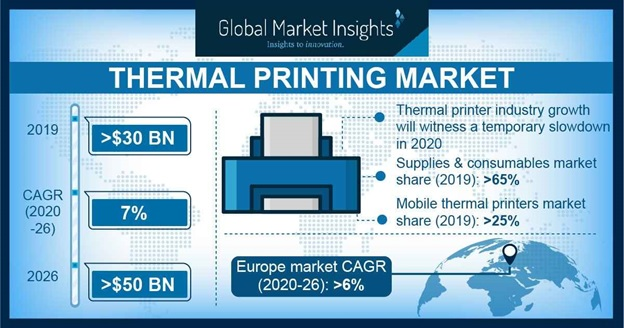
Future Market Insights, another research group, says the market for thermal printing registered a CAGR of 5.8 percent From 2016 to 2020. Their home page also identifies about 20 vendors of thermal printers, including well-known and lesser-known names. They segment their numbers into both geographic and end-application niches (Figure 3).
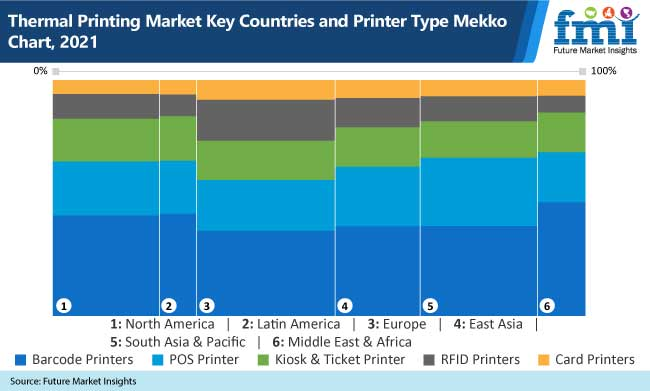
The next part of the article looks at the basic operating principles of thermal printers.
Related EE World Articles
Barcode Printers and Scanners Make Serialization Flexible and Efficient
Portable Wire-Marking, Barcode, And General-Identification Printer
Panel-Mount Printer Unit Reduces Integration Time And Cost
Fujitsu’s New POS Printer is Ultra-Compact and Cost-Efficient
References
- Global Market Insights Inc., “Thermal Printing Market Size”
- Future Market Insights, “Thermal Printing Market”
- Graphics Products, “Thermal Printers vs. Inkjet Printers: Which Printer Should You Choose?”
- Wikipedia, “Thermal printing”
- S. Patent 3,496,333, “Thermal Printer”
- CDW, “How Does a Thermal Printer Work?”
- How-To Geek, “Printing Without Ink or Toner? How Thermal Printers Work”
- VentureBeat, “Best Thermal printer 2021 – 7 Thermal printers Reviews”
- Brother Mobile Solutions, “Direct Thermal vs. Thermal Transfer – Which Print Technology Works Best?”
- Peak Technologies, “What is Thermal Transfer Printing?”
- Science Direct, “Thermal Printers”
- Xerox, “VersaLink® C500”
- Xerox, “PHASER 850 Color Printer”
- Texas Instruments, “POS Printers”
- Cypress Semiconductor Corp., “Developing highly-integrated thermal printer-based applications”
- Circuit Digest (India), “Thermal Printer interfacing with PIC16F877A”
- Visuality (Poland), “Thermal Printer Protocols for Image and Text”

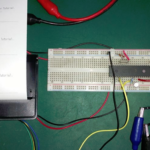
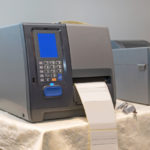
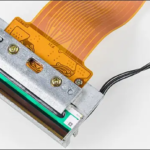
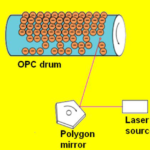


Leave a Reply
You must be logged in to post a comment.